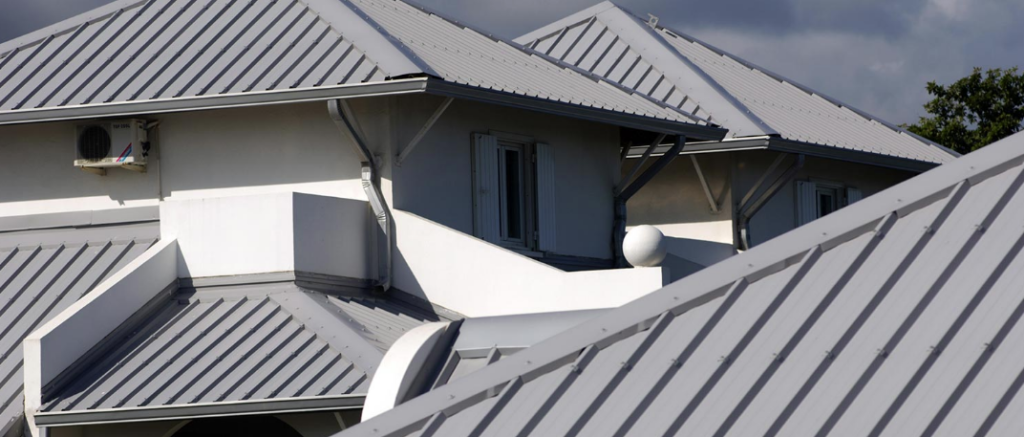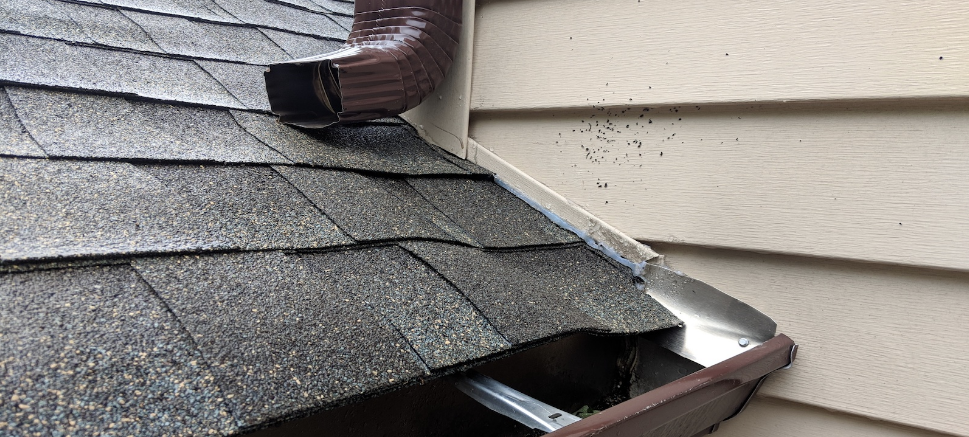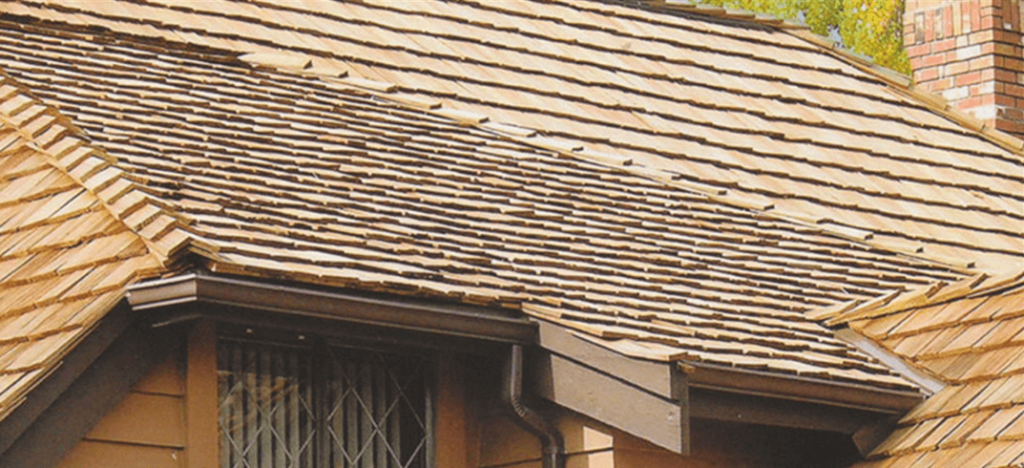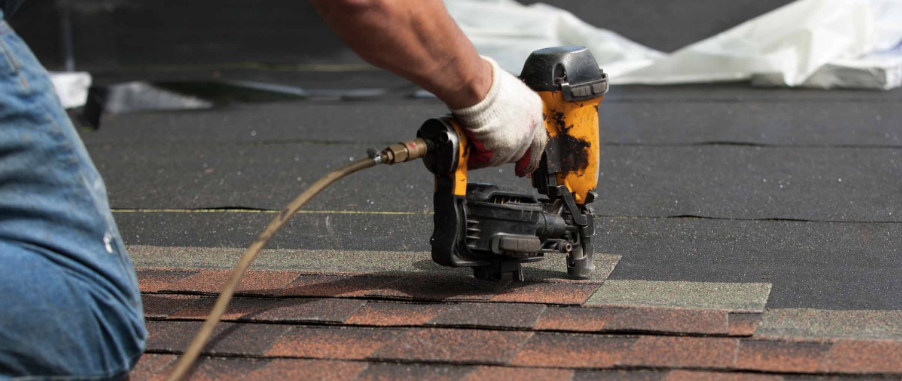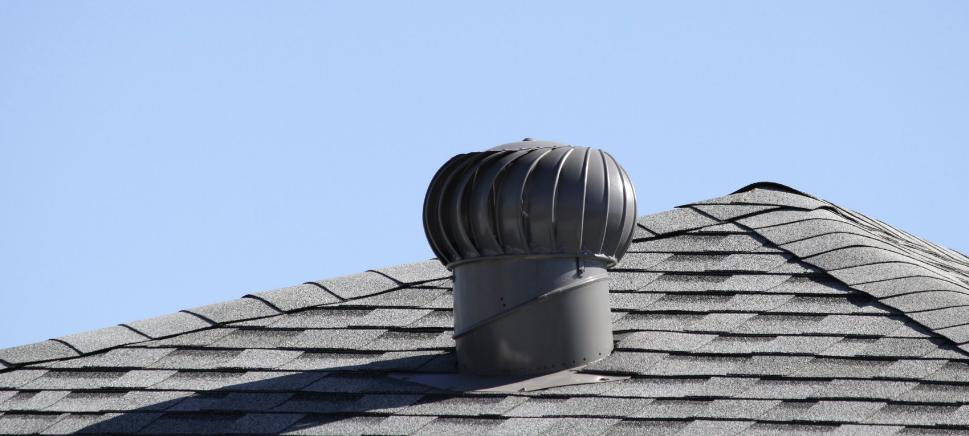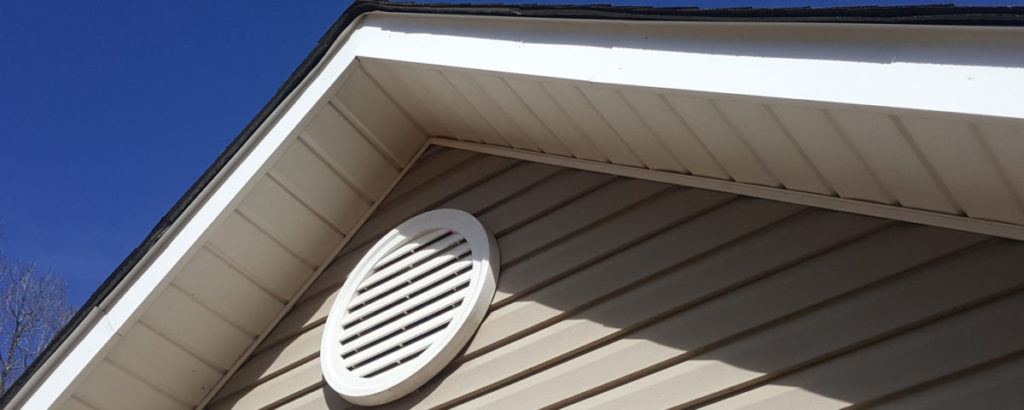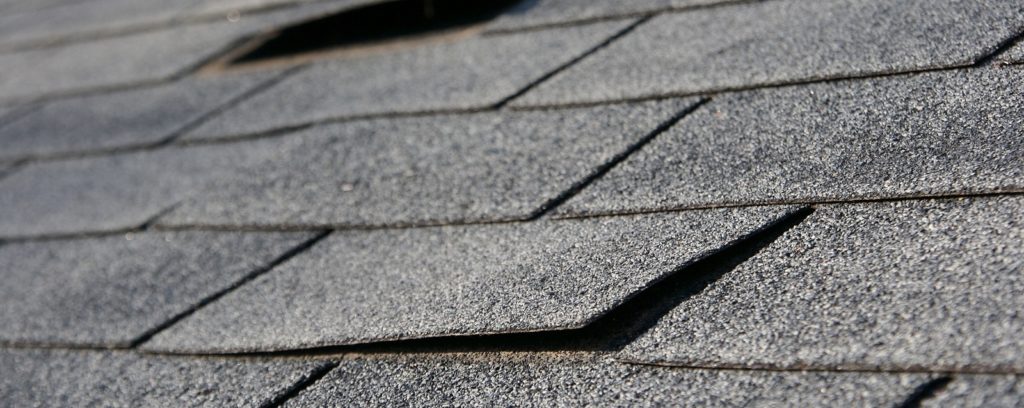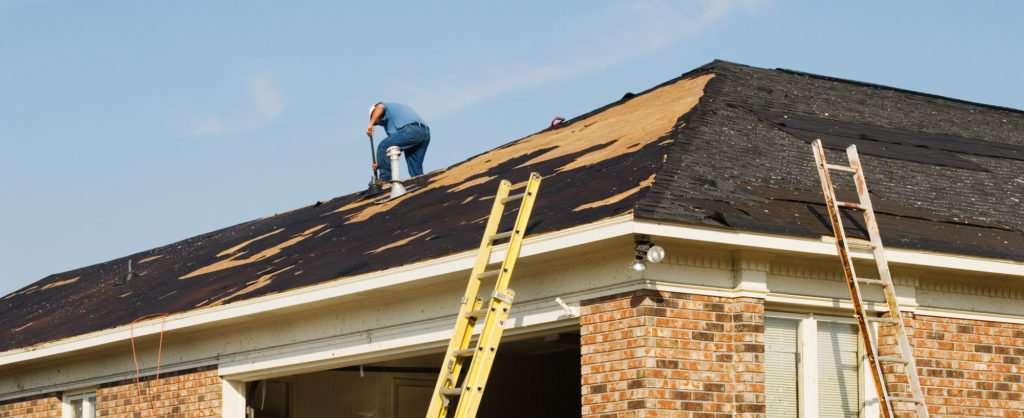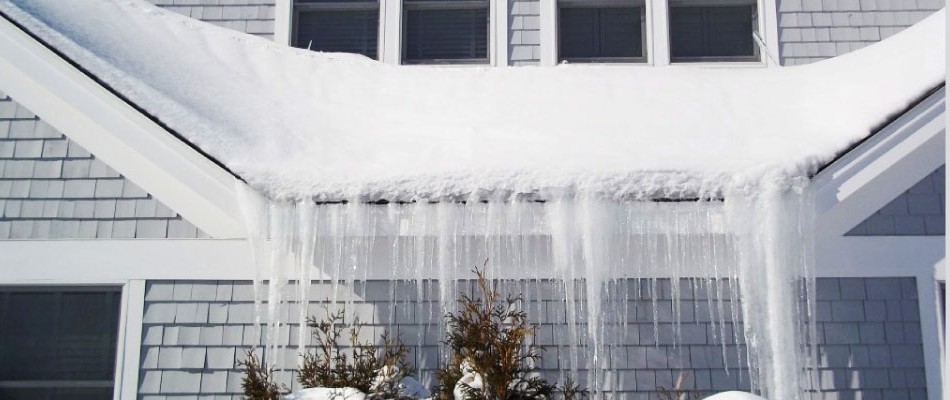February 19, 2019 in Roofing
How Metal Roofing is Environmentally Friendly
When you think about environmentally-friendly products, metal is probably not the first thing that comes to mind. It doesn’t look particularly natural, after all, but it is actually quite favorable for the environment when used as roofing. In this article, we are going to discuss a few of the reasons metal roofing is a nice option when keeping the environment in mind. Armed with this information, you just may decide that a metal roof is the right choice for your upcoming project.
They Are Built to Last
One of the worst things a roof can do to the environment is to be replaced frequently. There is a lot of waste that goes into replacing a roof, as the old materials will need to be pulled down and disposed of in some way. This is a mark in the favor of a metal roof, as this type of roofing generally will hold up for a long period of time. In fact, there is a good chance you’ll never need to put another roof on your home after your metal roof is installed. In many cases, a metal roof will be able to outlast an asphalt roof, which is another common option on the market today.
Recycling on Both Ends
Recycling is one of the most environmentally-friendly things we can do, and a metal roof is going to score well on both ends of that equation. For starters, it is common for metal roofs to be made up of as much as 40% recycled material. That means you are already helping to keep material out of the landfill just by purchasing a metal roof. Then, when the roof has completed its useful life, it will be able to be recycled after it is removed. The ability to be recycled is not something that can be said of every roofing material, so consider this another big plus of opting for metal on your roof.
Save the HVAC
Using your HVAC system aggressively during the warm summer months is a major energy drain – one which is not great for the environment. Fortunately, metal roofs to a great job of reflecting away the sun’s rays, helping the inside of the house to stay relatively comfortable. That’s not to say that you will never need to turn the AC on during a hot summer, but the overall energy used to cool your home back down to a comfortable temperature should be reduced. Of course, having to use less energy is not only a good thing for the environment, but for your bank account, as well.
Even if you didn’t take its environmentally-friendly nature into account, there would already be plenty of reasons to think about a metal roof. However, when you add in the many ways that a metal roof can be good to the environment, this decision starts to look like an easy one. Whether you wind up going with metal or not on the top of your home, this material is at least worth some strong consideration.

